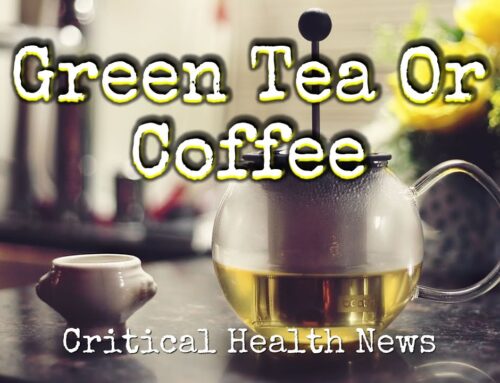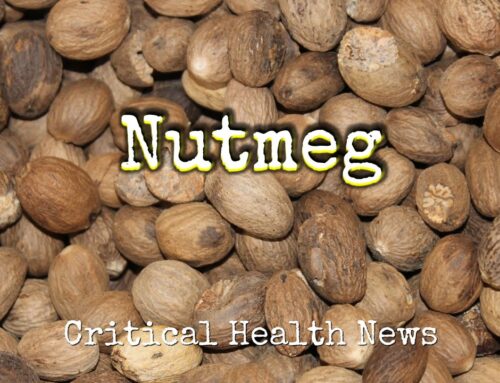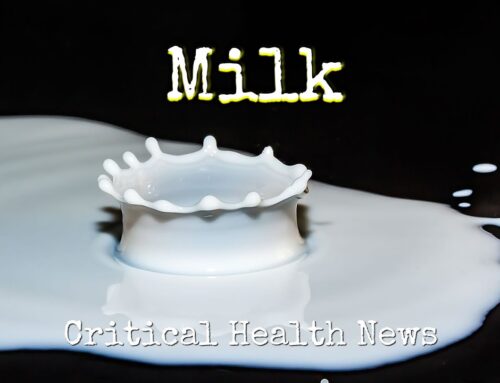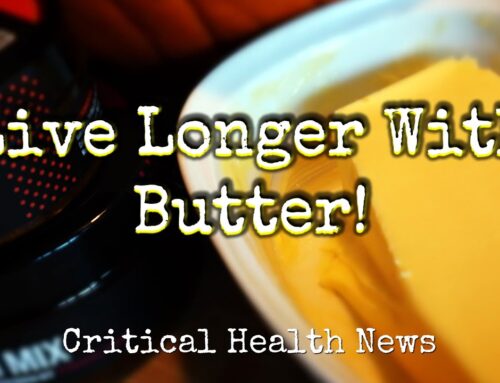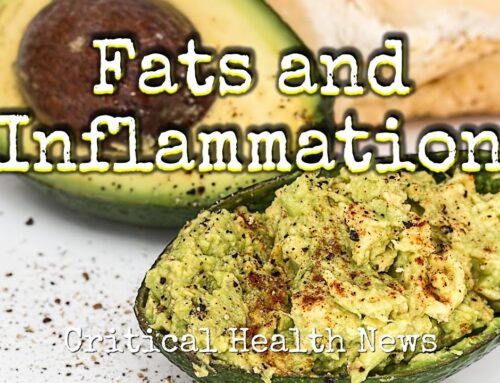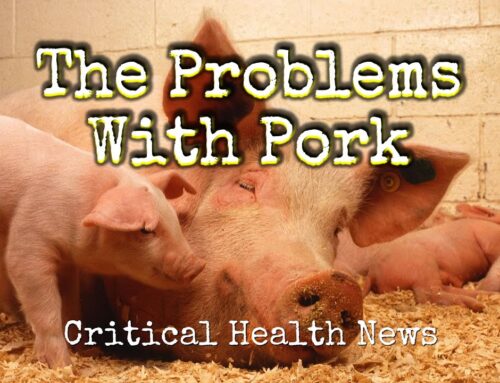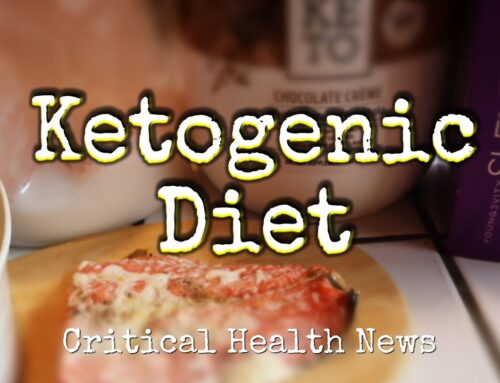While fish have historically been an excellent source of clean protein and fats, not to mention powerful phytonutrients derived from ocean vegetation, these days …well not so much. In addition to overfishing, which the Environmental Defense Fund calls the greatest threat to sea life (the animals and people that depend on it) our oceans have become fetid cesspools of toxicity resulting from millions of tons of raw sewage and poisonous industrial waste being dumped into them every day.
As concerns have mounted over the sustainability of our seafood supply, attention has been turned to farming, where, much as livestock on land, various forms of fish are raised in enclosures or waterborne pens. These days about 50% of fish consumed worldwide are raised in these fabricated fish farm factories. While hailed as a solution to the problem of toxicity and overfishing, in reality these fish farm factories are far from benign. They can cause serious problems with ecosystems and are notorious for introducing drugs, disease and pollutants into aquaculture, waterways and the food supply.
The best way to eat fish these days is occasionally, maybe a couple times a week. Always rotate the types of fish you eat, which can reduce the risk of buildup of specific toxins. Keep in mind the bigger the critters, the more likely the toxicity because poisons accumulate up the food chain. Be especially wary of wild swordfish, shark and tuna. Farmed shrimp and farmed salmon can be problematic too.
On the other hand you can feel comfortable enjoying wild dungeness crab, wild caught arctic salmon, cod and freshwater trout, which are among the healthiest seafoods and fish available.

